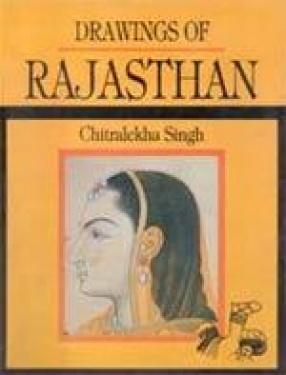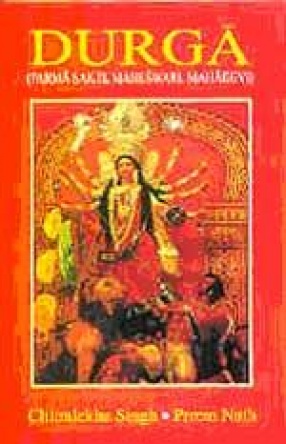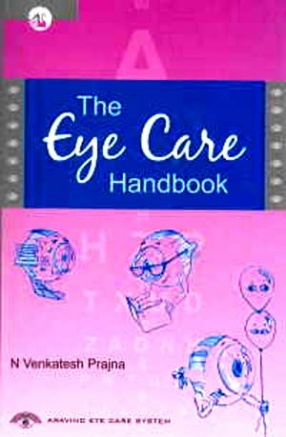The Paintings of Siva in Indian Art (In 2 Volumes)
Synopsis
Brahma, Visnu and Siva constitute of Hindu trinity, Brahma is the creator Visnu is the preserver and Siva is the destroyer. But devotees of each of those Gods have attributed and the three functions of creation preservance, and destructions to their favourite deities. In Saivism, Siva is considered to be the supreme reality and he is described as combining in him all the three function-creation, preservation and destruction. Siva worship is of great antiquity, it was prevalent in India also in the pre-Vedic period days. In the Rigveda Siva is known as Rudra, who is one of the Vedic Gods. Siva’s various form are described in the Vedas also. During the Upanishadic period Siva worship attained great popularity. The Swetaswara Upanishad describes him as the supreme lord. The Indian epics Ramayana and Mahabharata dwell on Siva’s supremacy and his various epithets. With the march of time the popularity of Siva worship increased and Siva images and shrines came to be erected in different parts of India. Siva has two important forms one is called Saumya (The benevolent) and the other is Ugra (The terrific). The present book gives a broad survey of Siva worship in India through paintings of different schools and periods all over India. The author has dealt with the metaphysical aspects of Siva worship. The first chapter deals with Siva in the context of Cultural and Artistic aspect, importance of Siva based on the Vedas and Puranas, Upanishads, Sutra Grantha, Siva in Agamanat Siva History, the various cults of Saivism, etc. The second chapter describes the dress personality and decorative articles of Siva, which include Vibuti, Sarpa, Jata, Ganges, Rudraks, Baghambar, Dhatura flower, Kamandala, Booti, Himalaya, Trisul, Damroo, Agni Punj, Mala, Belpatra, Bhang, Vish, Svetvarna, Chandra, Tritiya Netra, Parasu, Gana, the hand postures and Articles held by Siva in hands. Chapter three deals with the family of Siva, Family life of Siva with Parvati, Uma, Sati, Sakti, etc. have been vividly described. Besides this chapter also contains the detailed descriptions, of Daksha, Devi, Ganesa and Kartikkeya. Chapter four deals with various manifestations of Siva. Peaceful forms of Siva like the ordinary, extraordinary amiable and obligatory have been lucidly depicted. In this chapter the agitated form of Siva has also been depicted Siva. Siva’s dance, music and its classical significance have been described indetail in chapter five. Different dances of Siva are – Anand Tandava, Sandhya Tandava, Kalika Tandava, Tripur Tandava, Gauri Tandava, Senhar Tandava, Uma Tandava, and Uddanva Tandava. The other dances of Siva are Vijaya Dance,Crematorium Dance, Lalit Dance, Sadharan Dance and Lassey Dance. Different ragas and the raginis pertaining to Siva are also in this chapter. The modern period paintings, Mughal paintings, Rajasthani paintings, Pahari paintings, South Indian Paintings, and the paintings of other Schools have been dealt with in chapter six. The author has made a thorough study of the paintings pertaining to Siva in this chapter. The procedure of Siva worship and its significance been have vividly depicted in chapter seven. The worship of Siva is the most significant among at different places have local importance. Different type of siva Lingas and its importance have been discussed in this chapter. The last chapter contains the conclusion of the text. This treatise will be of great importance to the students because this deals with the significance of Saivism. This book has been profusely illustrated.
Read more
327.60
294.84
$
364.00 $
Free delivery Wolrdwidе in 10-18 days
Ships in 1-2 days from New Delhi
Membership for 1 Year $35.00
Get it now and save 10%
Get it now and save 10%
BECOME A MEMBER
Books by the same author
Similar items







Bibliographic information